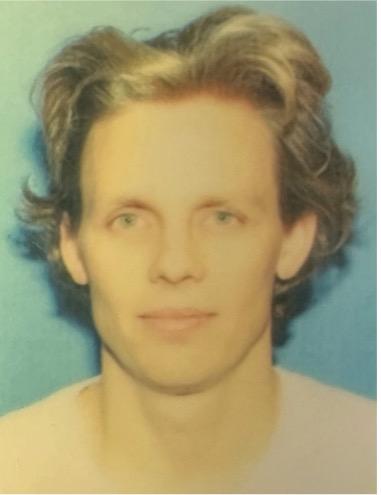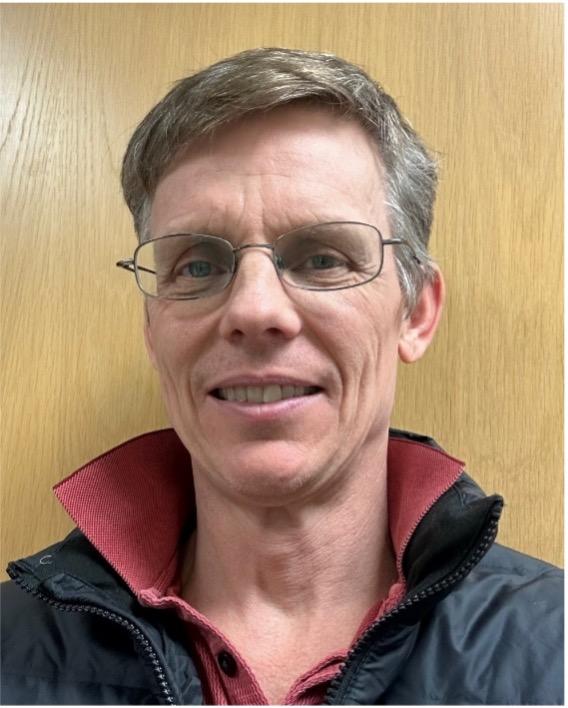
Before coming to the University of Kentucky, I studied physics at the University of Geneseo in Upstate New York. I started college as an engineering major but was sufficiently intrigued by physics and I changed my major. The chair of our department, Dr Jerry Reber, received his PhD in nuclear physics running experiments on the Van de Graaff Accelerator in the 1960s at the University of Kentucky. Due to Dr Reber’s recommendation, I applied to the University of Kentucky in 1992. In the summer of 1993, I entered the state of Kentucky for the very first time with everything I owned packed into my pickup truck having selected Kentucky to pursue a PhD in Physics.
My original plan was to pursue a nuclear physics degree. Sean Cornett, Crystal Brogan, Tim Simmons, I, and others spent countless hours reading our textbooks by Jackson and Goldstein for instance and plowing through homework problems. I strongly encourage students to work together to learn more efficiently. After two years of classes, tests, and working as a teaching assistant, I decided that solid state physics was more interesting to me. During my first two years, I tutored and taught labs and classes. These experiences were invaluable because they helped me learn the material and understand how to teach better. During my second summer, I worked for Dr Fertig annealing a lattice of atoms on a supercomputer. During my third year, I settled into working for Dr Brill in a solid-state experimental laboratory.
Until I graduated with my PhD, I worked as a research assistant studying low temperature charge and spin density wave materials at low temperatures. These materials go through a transition at low temperatures which produces discontinuity in the specific heat. In practice, this generates a “bump” in a plot of the heat capacity versus time. We spent years developing and then using a low temperature cryostat for measuring the heat capacity. It was a challenge because we pumped on the gas above a pool of liquid helium to drive it down to one degree kelvin. Therefore, the equipment had to be designed to prevent thermal conduction in the sample chamber. My thesis primarily revolved around the design, construction, and implementation of this cryostat as well as the results from measuring the heat capacity on and number of materials.
While still a graduate student, I became interested in medical imaging as did a few other physics graduate students. I took a class in Medical Physics at UK while still being a physics graduate student. A few of my colleagues went into medical physics after receiving their PhDs. While most that enter this field engage in radiation dose delivery and radiation safety, I went into magnetic resonance imaging, MRI. I took a staff position as a systems administrator at the Magnetic Resonance Imaging and Spectroscopy Center, MRISC, at UK with the caveat that I could spend time learning MRI physics and image analysis techniques. Training to get my PhD resulted in a strong analytical toolbox, a broad understanding of the underlying physics governing medical imaging, and sufficient computer knowledge to prosper.
Fast forward to 2025 and I am a Codirector of the MRISC and an Associate Research Professor in the Department of Neuroscience. Research composes all the scanning we perform at the MRISC. We presently have a 3T Siemens Prisma scanner predominately for humans, a 7T Bruker Biospec animal MRI scanner, and a MicroCT animal scanner. We scan everything from mice to men to better understand aging, dementias, diabetes, TBI, and strokes just to name a few. One of the few clinical endeavors we engaged in was the development of function MRI (fMRI) techniques to detect the eloquent regions around a brain tumor as well as the white matter fiber tracts passing through or near a tumor. As research is forever evolving, we continually need to learn new scanning protocols and develop/learn new analysis techniques which is both interesting and challenging.
My distribution of effort evolved over the years from a staff member fully supported by the MRISC to a researcher/educator with only thirty percent of my support coming directly from the MRISC. Presently, I spend the other twenty percent of my time working with the cardiology department optimizing their MR imaging with the remaining fifty percent directly supported by grants. I have been a PI or Co-PI on over thirty grants and am a coauthor on over one hundred peer-reviewed papers. While most of the grants revolve around human and animal research, we have also had to write NIH equipment grants to purchase MRI scanners. My work has resulted in travel for meetings, collaborations, training, and equipment evaluation all over North America and Europe.
Hopefully, I will semi-retire from the MRISC in perhaps eight years and work for another three years at fifty percent. I still recall that the undergraduate professors that convinced me to transition from engineering advertised the broad need for physicists across academics and industry as well as the flexibility that the degree provides due to the general understanding of how the universe operates, the advanced required, and the robust analytic skills developed. I have found this to be largely true. I had to self-teach myself much of what I know today about MRI and my degree was instrumental. While graduate school was certainly challenging at times, I am glad I pursued a PhD in physics and enjoyed my time acquiring it.
